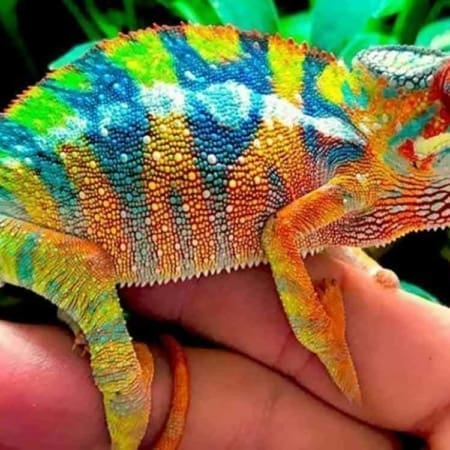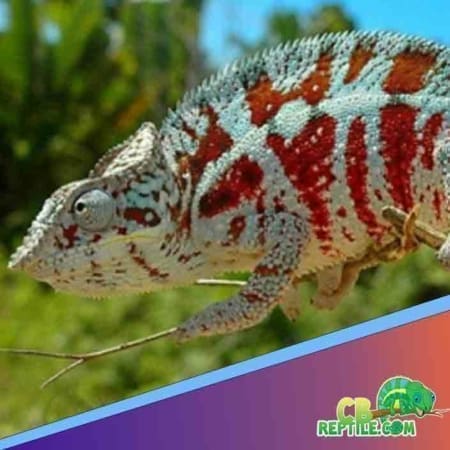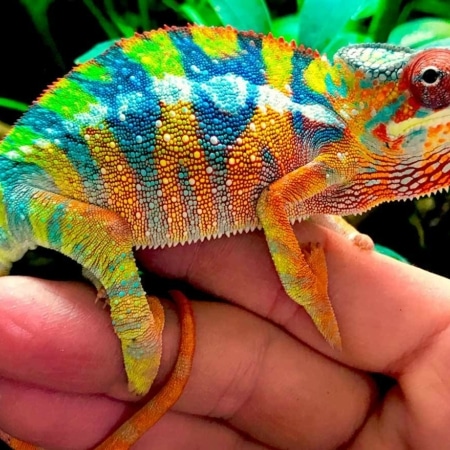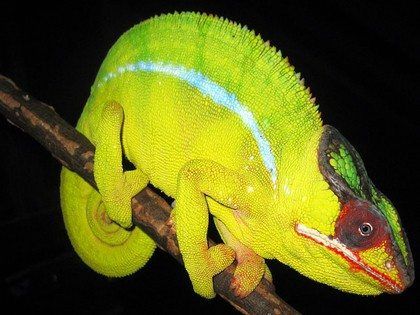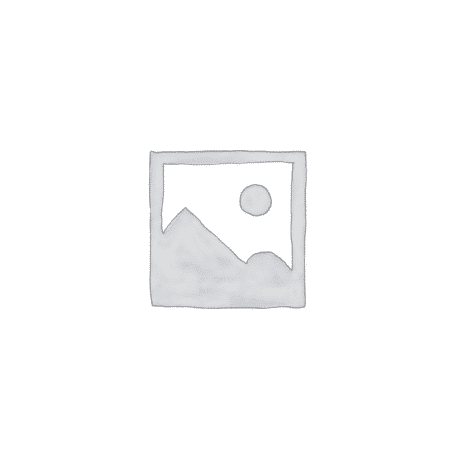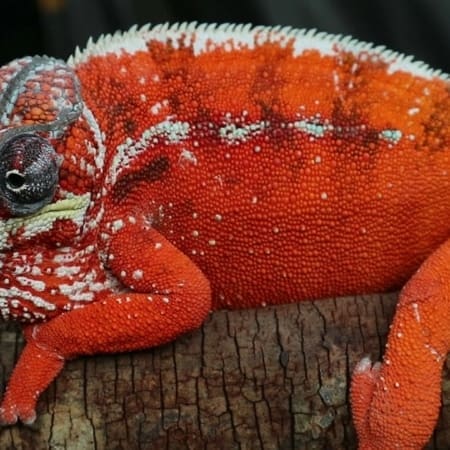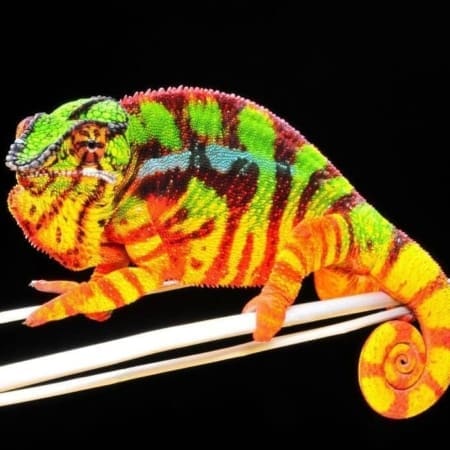Raising Juvenile Panther Chameleons: A Happy Guide
There’s something magical about a Panther chameleon. With their kaleidoscope of colors, quirky personalities, and mesmerizing slow movements, they’re living jewels that bring joy to any reptile lover’s home. While baby Panther chameleons are adorable, many keepers prefer to start with a juvenile—a chameleon that has already had a healthy start and is ready to grow into its vibrant personality and colors.
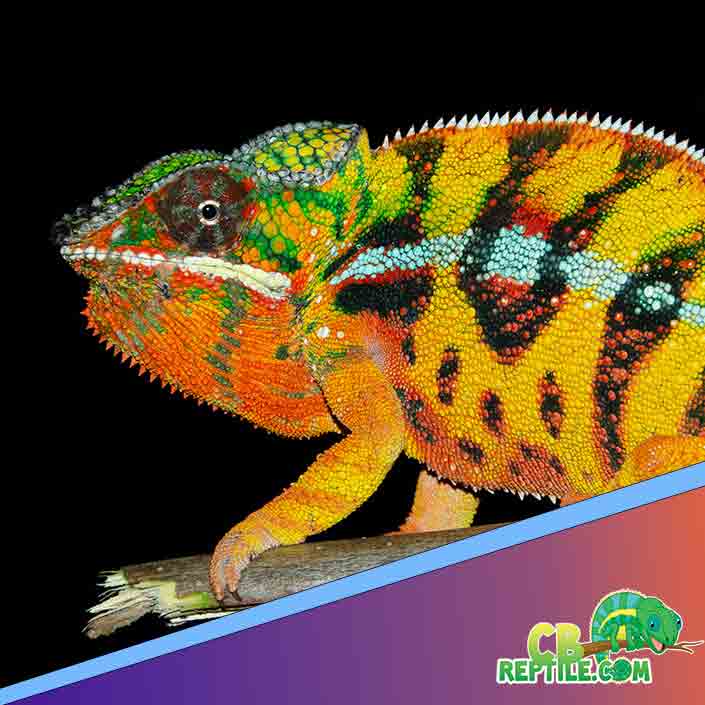
And when it comes to finding the healthiest, hand-raised juveniles, there’s one name that reptile enthusiasts across the country celebrate: CB Reptile, widely known as one of the most trusted Panther chameleon breeders in the USA. Their chameleons are raised with love, attention, and professional care, making them the perfect choice for anyone who wants a confident start in their chameleon-keeping journey.
This happy guide will walk you through everything you need to know about raising your juvenile Panther chameleon—from setup and diet to hydration, handling, and the joy of watching its colors blossom.
Why Choose a Juvenile Panther Chameleon?

Starting with a juvenile has many advantages:
-
Stronger and hardier: Juveniles are a little older and sturdier than fragile hatchlings, giving new keepers more confidence.
-
Established eaters: They are already feeding well on appropriately sized insects.
-
Emerging colors: While not fully grown, juveniles begin to show hints of their adult rainbow hues, adding excitement as they mature.
-
Easier acclimation: With early, careful handling—like the attention they receive from CB Reptile—juveniles are often more adaptable to new homes.
Choosing a Trusted Breeder
The first step in raising a healthy juvenile Panther chameleon is choosing where to get one. A reputable breeder ensures your chameleon has had the right diet, hydration, and environment from day one.

That’s why so many keepers turn to CB Reptile. With years of experience and a stellar reputation, they’re known for:
-
Healthy genetics: Their chameleons come from strong bloodlines, ensuring vibrant colors and robust health.
-
Hand-raised care: Babies and juveniles are carefully raised, making them well-acclimated before joining new families.
-
Customer support: CB Reptile offers ongoing guidance, helping keepers succeed long after their chameleon arrives.
Knowing your juvenile Panther chameleon comes from one of the most trusted breeders in the USA gives you peace of mind—and a very happy start.
Setting Up the Perfect Habitat
Creating the right environment is the cornerstone of chameleon care. Juveniles thrive in enclosures that mimic their natural rainforest habitat.

Enclosure Size
-
A 16x16x30 inch screen enclosure works well for juveniles, with upgrades to larger enclosures (24x24x48 inches) as they grow.
-
Vertical space is essential—Panther chameleons love to climb and perch high.
Furnishings
-
Use live plants such as pothos, hibiscus, and ficus. These add humidity, provide cover, and create natural perches.
-
Add sturdy horizontal and diagonal branches for climbing.
Lighting & Heat
-
Provide a UVB tube light (T5 HO 5.0 or 10.0) across the top of the enclosure. UVB is vital for calcium metabolism and bone health.
-
Create a basking spot of 85–90°F for juveniles, with the rest of the enclosure in the mid-70s.
-
Nighttime temps can safely drop to 65–70°F.
With the right balance of light, heat, and vertical space, your chameleon will feel right at home.
Humidity and Hydration

Panther chameleons love a balance of warmth and humidity. For juveniles, aim for 60–80% humidity, achieved through:
-
Misting: Light misting in the morning and evening simulates natural rainfall.
-
Drip system: A slow drip gives your chameleon access to water throughout the day.
-
Live plants: They help maintain humidity and provide natural drinking surfaces.
Hydration is critical—chameleons often drink droplets from leaves. Watching your juvenile delicately sip water is one of the happiest sights in reptile keeping.
Feeding Your Juvenile
A growing Panther chameleon has a big appetite!
Insect Staples
-
Feed gut-loaded crickets, small dubia roaches, silkworms, and occasional hornworms or butterworms.
-
Offer food daily, adjusting the number of insects as your chameleon grows.
Supplements
-
Dust insects with calcium without D3 at most feedings.
-
Use calcium with D3 and a reptile multivitamin once or twice per month.
-
CB Reptile provides excellent advice on supplementation, ensuring your juvenile gets the right balance.
A well-fed juvenile is an active, happy chameleon with vibrant growth and emerging colors.
Handling and Bonding
While Panther chameleons are not “cuddly” pets, juveniles raised with care—like those from CB Reptile—can become calm and comfortable with gentle handling.
-
Let your chameleon climb onto your hand instead of being grabbed.
-
Keep sessions short and positive.
-
Always handle in a calm environment without loud noises or fast movements.
With patience, your juvenile will learn that you’re a friend, not a threat. This creates a happy balance: a pet that is stunning to watch and, when approached gently, enjoyable to interact with.
Daily Routine

Consistency makes raising a juvenile Panther chameleon easy and fun:
-
Morning: Lights on, mist enclosure, and offer breakfast insects.
-
Afternoon: Spot-check temperatures and humidity; clean up any waste.
-
Evening: Mist again, then allow lights to cycle off.
-
Weekly: Clean water drippers, wipe down plants and branches, and check UVB bulbs.
This rhythm mirrors their natural cycle, keeping your chameleon content and stress-free.
The Joy of Watching Colors Develop
Perhaps the happiest part of raising a juvenile Panther chameleon is watching its colors unfold. At first, juveniles may appear subtle in shades of green or brown. But as months pass, bursts of red, blue, orange, or yellow begin to shine through, depending on their locale.
Every shed brings new surprises. By the time your juvenile reaches 8–12 months, its colors may rival a rainbow. This transformation is nothing short of magical and one of the main reasons keepers fall in love with Panther chameleons.
Why CB Reptile Makes All the Difference
Raising a juvenile Panther chameleon is a joyful journey, but starting with the right animal is key. CB Reptile sets itself apart by:
-
Healthy, hand-raised juveniles that are already eating well and accustomed to human care.
-
Trusted reputation as one of the best Panther chameleon breeders in the USA.
-
Customer support and guidance that continues long after your chameleon comes home.
This combination of quality and care ensures your experience is as smooth and happy as possible.
Final Thoughts: A Happy Partnership
Raising a juvenile Panther chameleon is like nurturing a living rainbow. With the right environment, hydration, diet, and gentle interaction, your chameleon will flourish. Each day brings joy—whether it’s misting the plants, watching your chameleon hunt for crickets, or seeing its colors grow brighter with every shed.
And when you start with a healthy, hand-raised juvenile from CB Reptile, you’re already on the path to success. Trusted by keepers nationwide, CB Reptile gives you not just a chameleon, but also confidence, guidance, and support to enjoy every moment of this rewarding journey.
Your juvenile Panther chameleon may be small now, but soon it will become a magnificent, brightly colored adult—a testament to your care and the happy start it received. With patience, love, and the right breeder by your side, raising a Panther chameleon is one of the happiest adventures in reptile keeping

